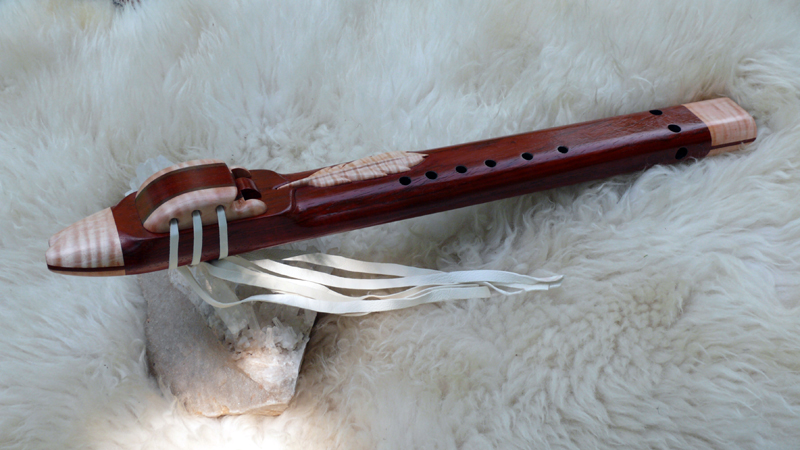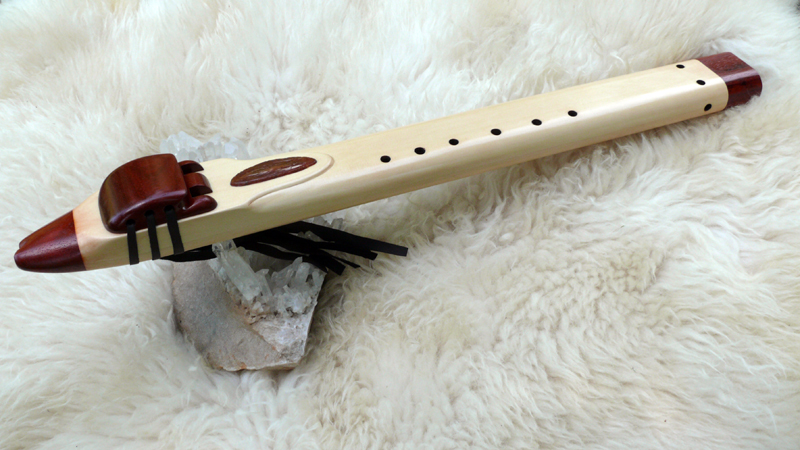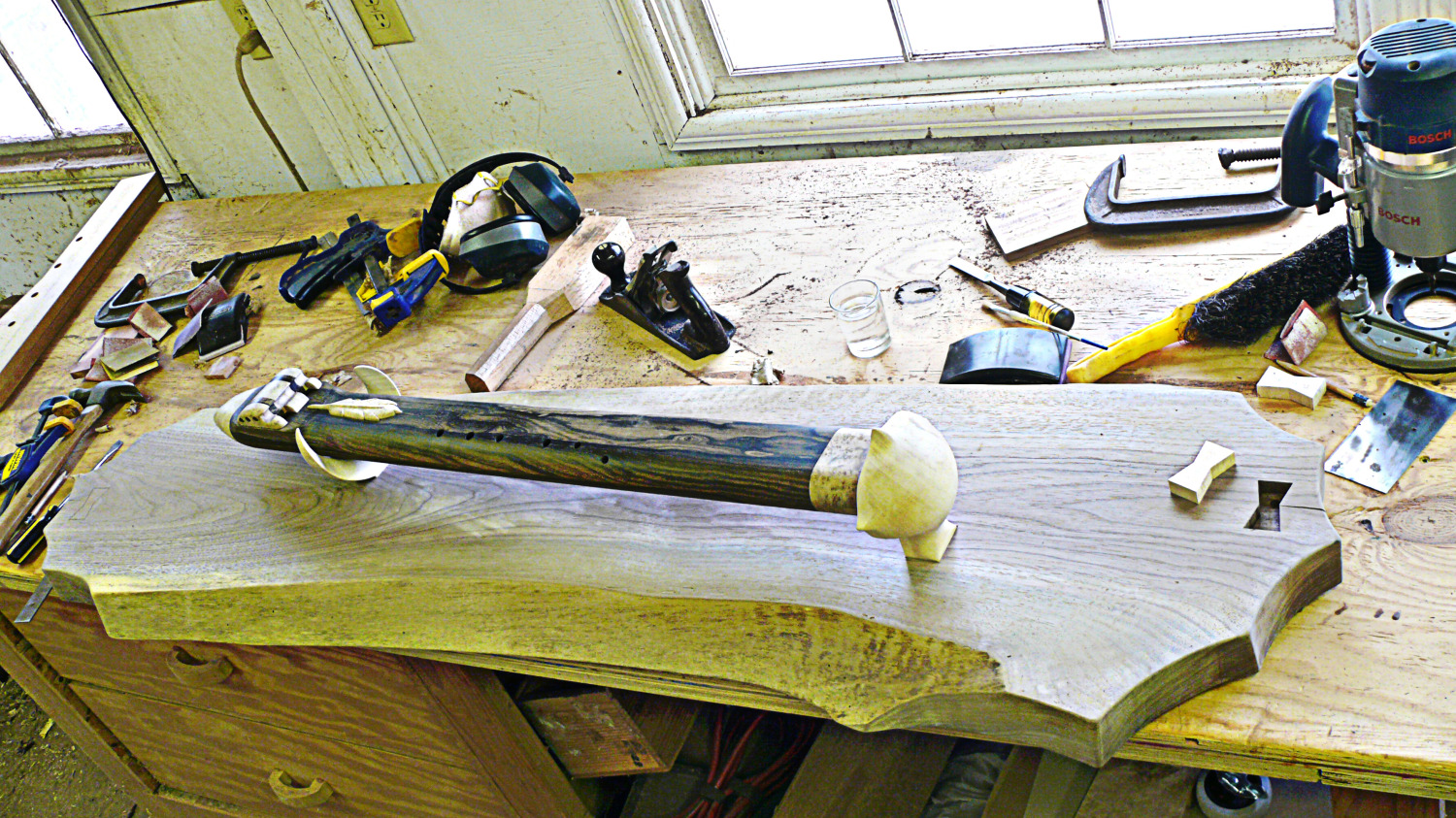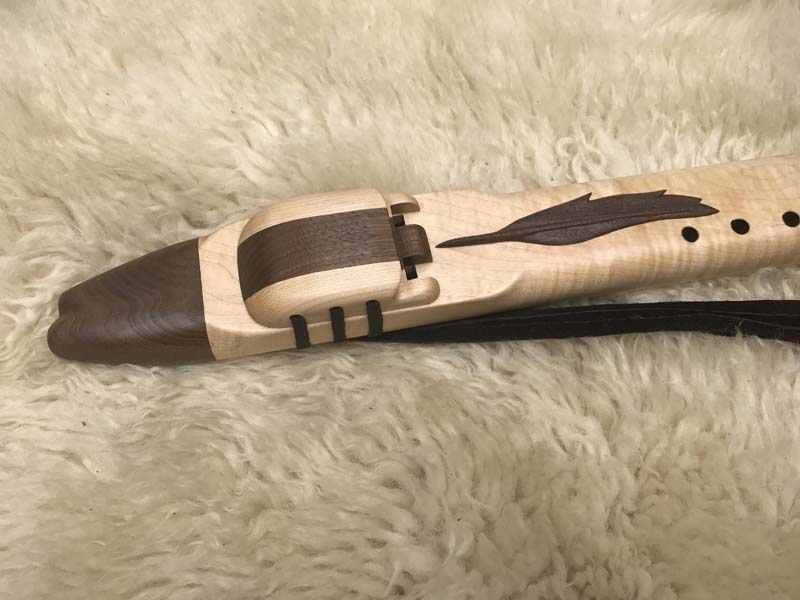The Native American drone flute is a remarkable instrument, celebrated for its hauntingly beautiful sound and deep cultural significance. Beyond the skill of the maker and the musician, the material used to craft the flute—whether hard wood or soft wood —plays a crucial role in shaping its tonal qualities. In this blog, we’ll explore the distinct differences in sound between these two types of wood and how they affect the overall playing experience.
Hard Wood Flutes: Resonance and Clarity
Hard woods, such as African Padauk, Sapele, Walnut or Maple, are denser and heavier than soft woods. This density gives hard wood flutes a unique sound profile:
Articulation: These flutes excel in precise articulation, making them ideal for players who enjoy intricate playing styles or wish to emphasize dynamic contrasts.
Tone: Hard wood flutes tend to produce a brighter and more focused sound. The notes are crisp, with a clear distinction between each tone in the drone.
Projection: Thanks to their density, hard wood flutes often have greater projection and volume. They are well-suited for outdoor settings or performances where the sound needs to carry.
Sustain: Hard woods typically provide a longer sustain, allowing notes to linger in the air with a shimmering resonance.


Soft Wood Flutes: Warmth and Depth
Soft woods, like Spanish Cedar, Pine, or Redwood, are lighter and less dense than hard woods, which imparts their own distinct characteristics:
Ease of Playing: Because soft woods are less resistant, the flutes are often more forgiving, making them ideal for beginners or those seeking a gentler playing experience.
Tone: Soft wood flutes produce a warmer, mellower sound. The notes blend harmoniously, creating an enveloping and meditative quality.
Intimacy: The softer projection of these flutes lends itself to personal or indoor playing, where the player seeks a soothing and introspective experience.
Breathiness: Soft woods often introduce a natural breathy quality to the sound, adding to the organic and earthy feel of the music.
Choosing the Right Wood for Your Drone Flute
When deciding between a hard wood or soft wood drone flute, consider the context in which you’ll be playing and the kind of sound you desire:
Style of Play: Players who enjoy detailed, dynamic expressions may gravitate toward hard wood, while those preferring a smooth, flowing sound might opt for soft wood.
Performance: If you’re performing for an audience or outdoors, a hard wood flute’s clarity and projection may be advantageous.
Meditation and Relaxation: For personal use or meditation, the warmth and depth of a soft wood flute can create a serene atmosphere.

Maintenance Considerations
Both hard and soft wood flutes require proper care to maintain their tonal quality and longevity. However, due to their density, hard wood flutes are generally more resistant to wear and environmental changes, while soft wood flutes may need extra care to prevent cracking or warping.
The Unique Voice of Each Flute
Ultimately, every Native American drone flute, whether crafted from hard wood or soft wood, carries its own unique voice. The choice of material enhances specific characteristics but does not overshadow the spirit of the instrument. Many musicians find joy in owning flutes made from both types of wood, appreciating the diverse sonic palettes they offer.
Whether you are drawn to the clarity of hard wood or the warmth of soft wood, playing a Native American drone flute is an experience that connects you to the heart of nature and the timeless traditions of craftsmanship and music. Listen, explore, and let the wood speak to you.


